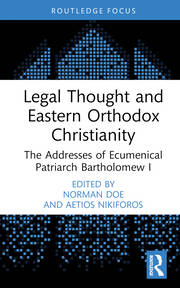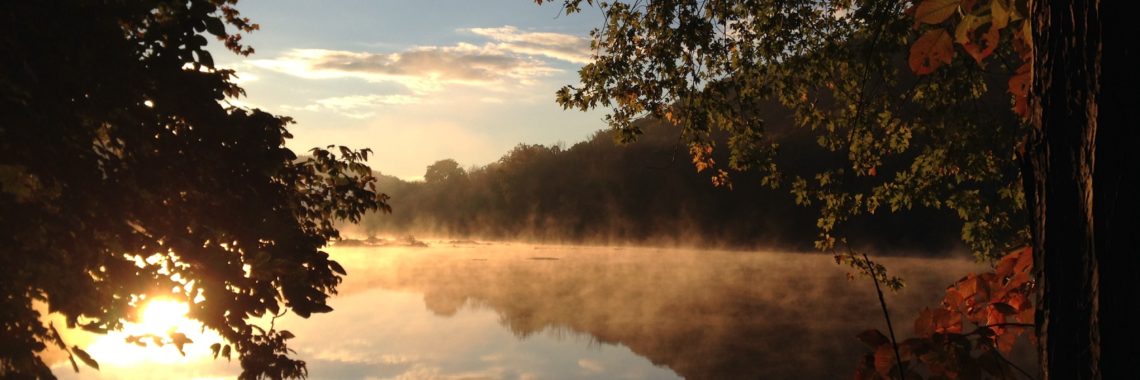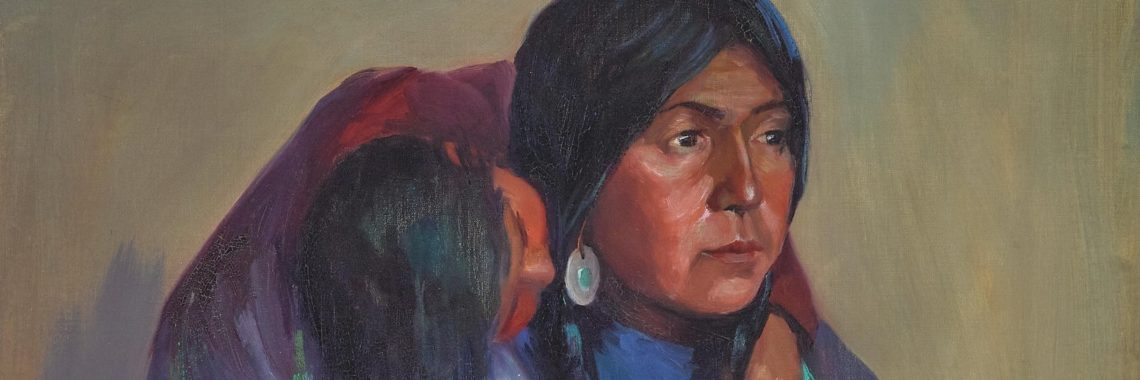“Human Rights and Orthodox Christianity: Learning from our Differences” by John Witte, Jr.
Human Rights and Orthodox Christianity: Learning from our DifferencesJohn Witte, Jr. This essay was originally published on November 3, 2023 as a chapter in The Legal Thought of Ecumenical Patriarch Bartholomew, edited by Norman Doe and Dimitrios Nikiforos. Ecumenical Patriarch Bartholomew I, the spiritual leader of Eastern Orthodox Christians worldwide, has thought profoundly about the…











